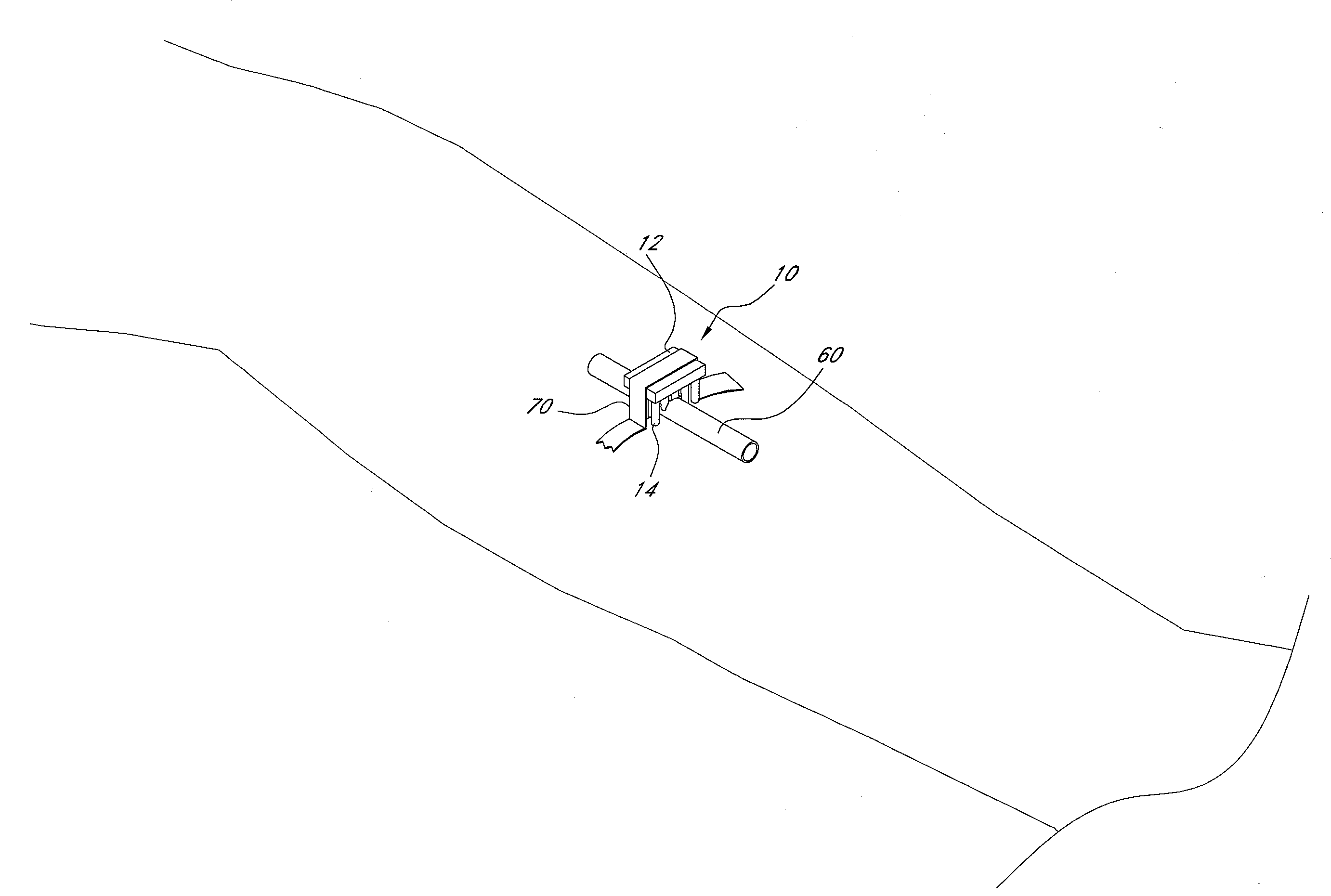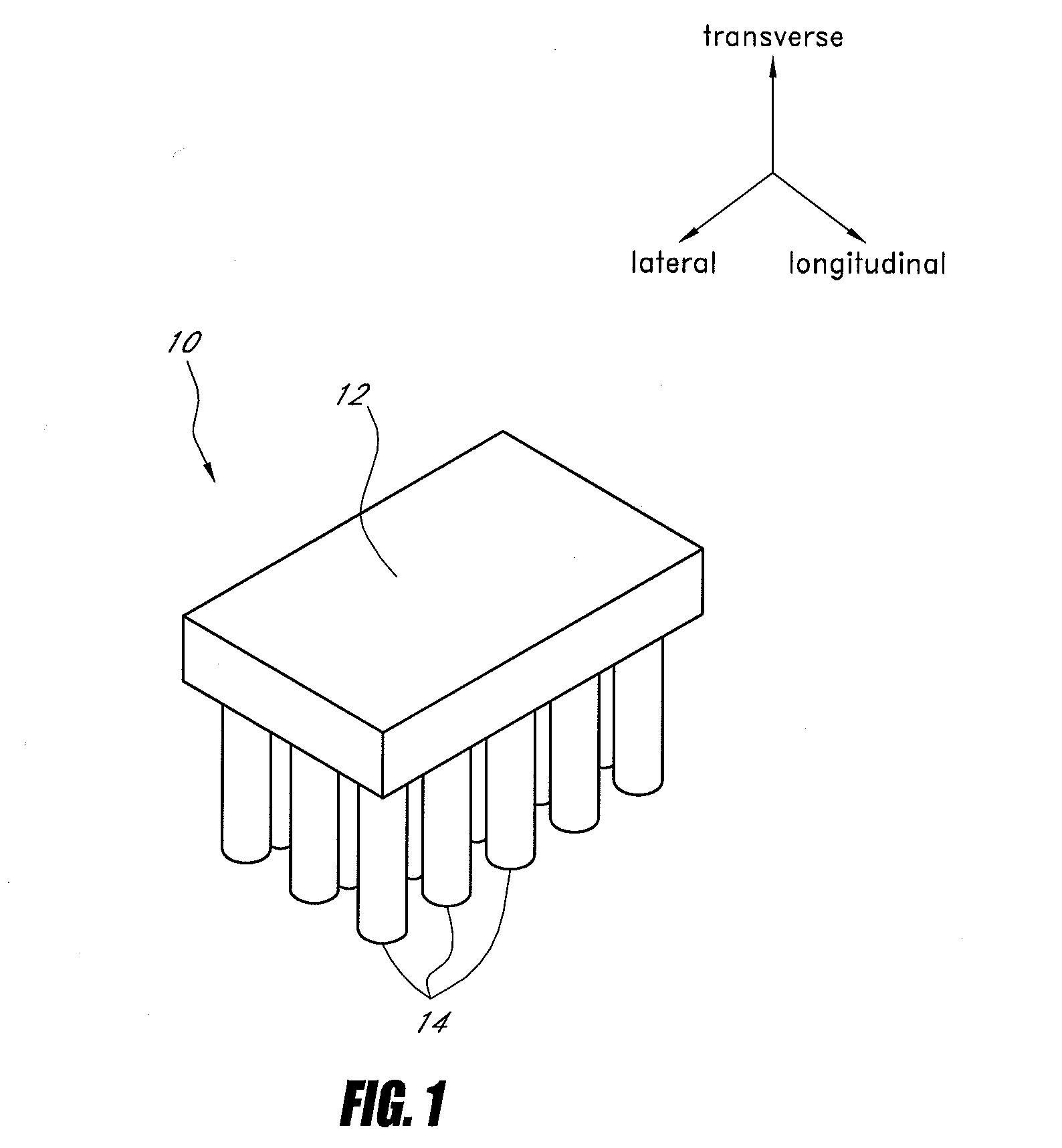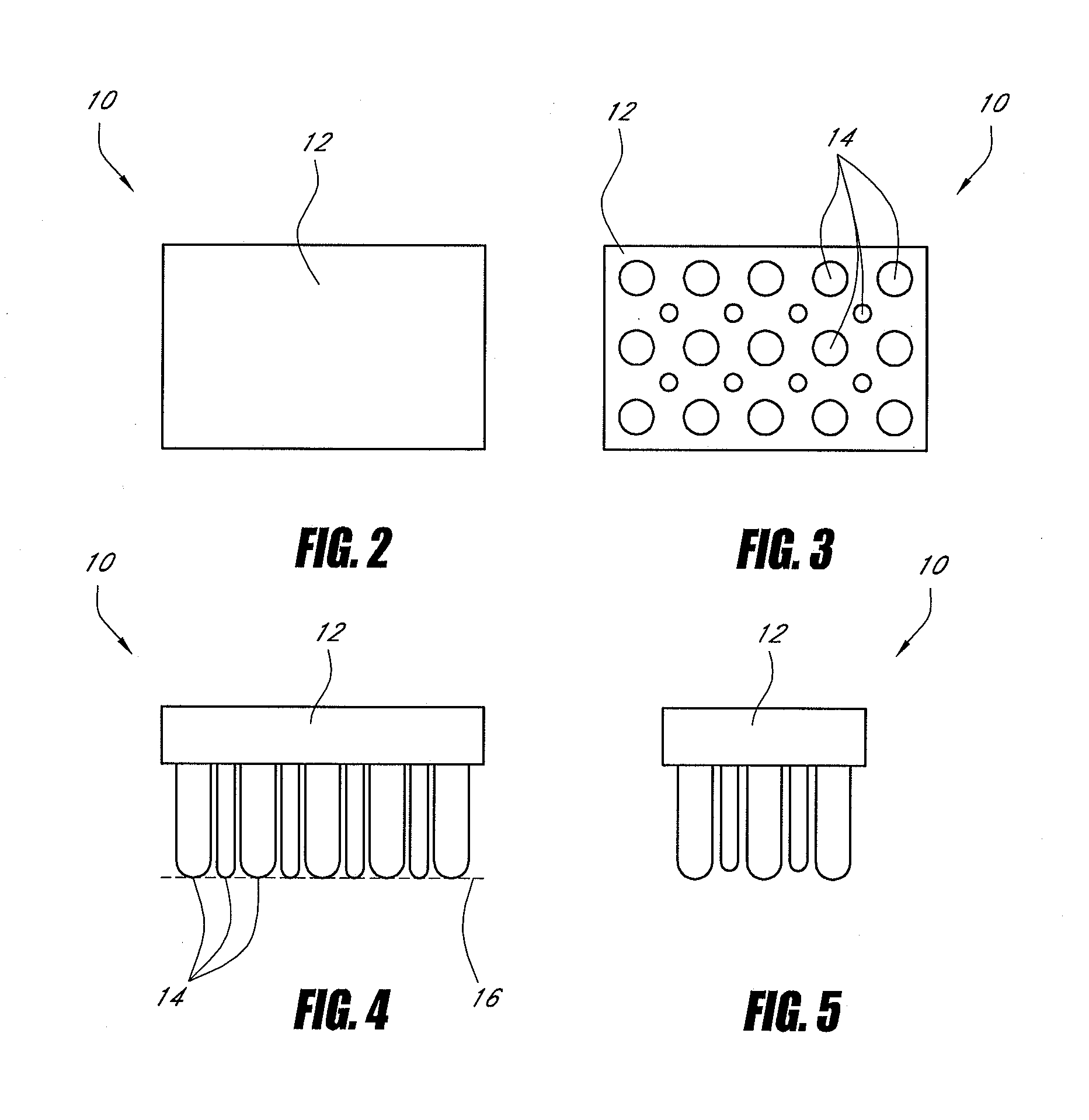Securement system for a medical article
a medical article and secure technology, applied in the field of medical articles securement systems, can solve the problems of dislodged patient unintentionally, discomfort or injury to patients, excoriation of patients' skin,
- Summary
- Abstract
- Description
- Claims
- Application Information
AI Technical Summary
Benefits of technology
Problems solved by technology
Method used
Image
Examples
Embodiment Construction
[0056]The present embodiments of the medical article securement system may be utilized to secure a variety of types of medical articles. In particular, embodiments relate to securement systems, devices, and methods used to fix a medical article such as a catheter device or a wound dressing on the surface of the skin of a patient. In light of the present disclosure, however, it will be understood by one of skill in this art that the securement system and devices disclosed herein can be successfully utilized in connection with many types of medical articles that include fluid drainage and delivery tubes and electrical wires, in addition to a variety of different types of catheters, wound dressings, or other medical articles. For example, but without limitation, the securement device disclosed herein can be configured to receive and secure central venous catheters, peripherally inserted central catheters, hemodialysis catheters, Foley catheters, hubs, catheter adaptors, fluid supply li...
PUM
 Login to View More
Login to View More Abstract
Description
Claims
Application Information
 Login to View More
Login to View More - R&D
- Intellectual Property
- Life Sciences
- Materials
- Tech Scout
- Unparalleled Data Quality
- Higher Quality Content
- 60% Fewer Hallucinations
Browse by: Latest US Patents, China's latest patents, Technical Efficacy Thesaurus, Application Domain, Technology Topic, Popular Technical Reports.
© 2025 PatSnap. All rights reserved.Legal|Privacy policy|Modern Slavery Act Transparency Statement|Sitemap|About US| Contact US: help@patsnap.com



